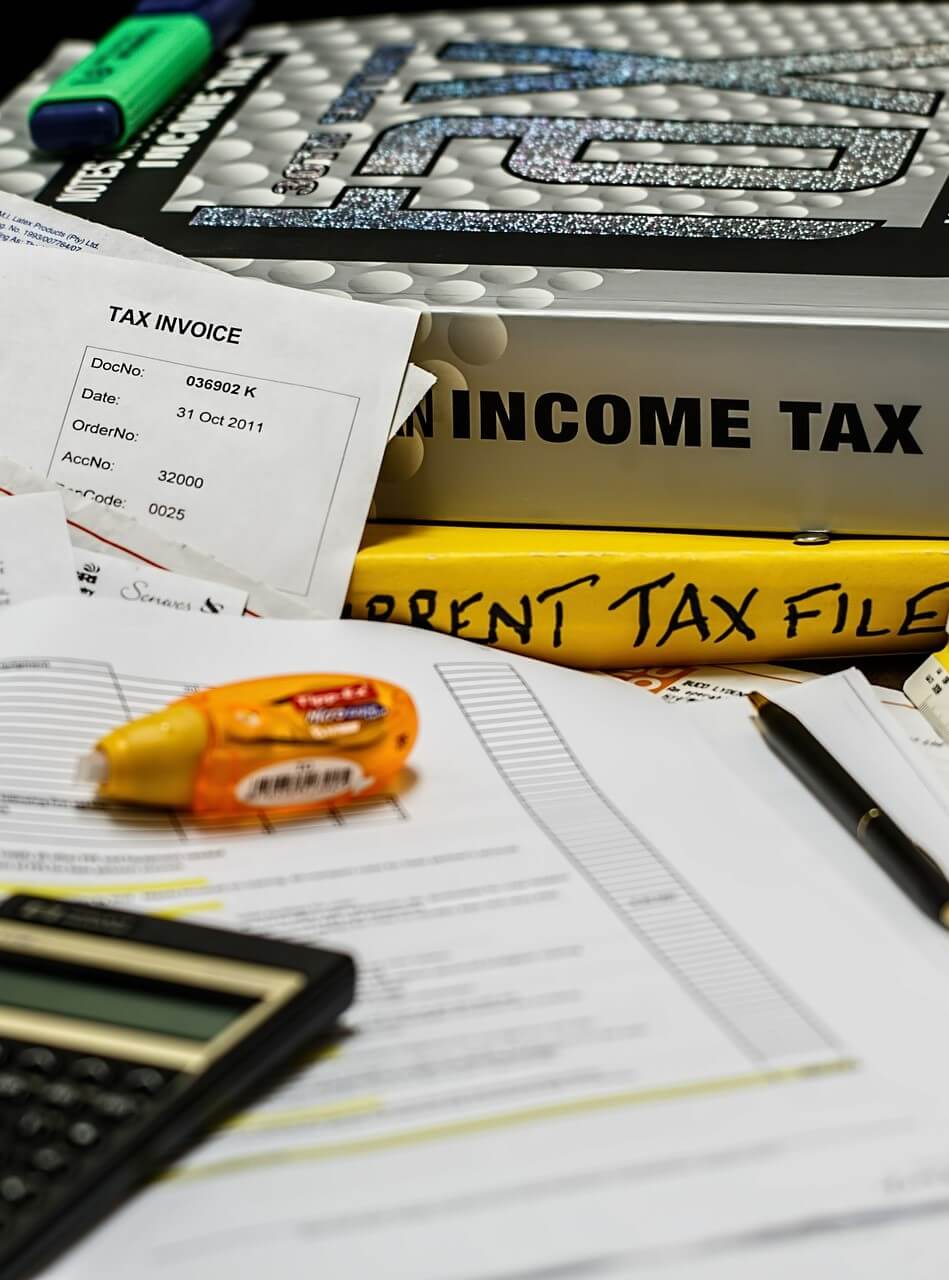Course on Tax Estimates – 3rd Ed.

When: January 27, 2020 through July 05, 2020.
Where: http://capacitacion.ciat.org
Cost: USD600.00 dollars Tax Officials and USD700.00 dollars general public
Contact: Training coordinator
Phone: +507 3072440
e-mail: capacitacion@ciat.org and mperez@ciat.org
Online Registration Closed.
Once the inscriptions have been completed, a formal message has been sent confirming the registration and the time, in the case of the tax officials they have sent us a letter to the tax administration requesting the validation of their registration. Then, the registration fee will be charged. It is important that if no course has been taken with CIAT, the requirements were sent to capacitacion@ciat.org.

Objectives:
– To present a general view of conceptual aspects related to tax revenue and tax expenditures.
– Provide the necessary techniques to carry out the tax revenue projections tasks (Time series analyses).
– Proved the necessary knowledge for the works of Tax Expenditures quantification.
Offered language: Spanish
Audience: The course is aimed at officers and individuals involved in tax administrations of CIAT member countries and with responsibilities in the design and implementation of public policies.
Additional requirements: The candidates must have a full university degree and operate in areas that perform tasks related to the topics of the course.
Duration: 25 weeks.
Syllabus: The course includes the following lessons:
Part I. Revenue projection
Determining factors of tax collection.
Methods for projecting tax collection.
Methods for analyzing the tax revenue variations.
Tax collection system.
Joint presentation (interrelations) of the previous points.
Econometric methods for prediction. Time series and their components
Self-projective determinist prediction methods
Self-projective stochastics prediction methods. BOX-JENKINS Methodology
BOX-JENKINS Methodology. Automatic prediction
Periodic and general Arima models. Identification, estimation, diagnosis and prediction
Periodic and general Arima models. Automatic prediction
Analysis of intervention and transfer function models
Part II: Tax Expenditures
Prior definitions
Use of tax exemptions to stimulate investment, employment, saving, etc.
The reference framework and the identification of exceptions
Types of Tax Expenditures
Estimates methods
The purpose of Tax Expenditures estimates.
Inclusion of Tax Expenditures in Budget laws and accountability
Overview of the Tax Expenditures in the countries of the region
The requirements to participate in our courses are:
– Identity
– University graduate or postgraduate
– In the case of public agents, a certificate issued by the Human Resources indicating their status within the Administration.
The payment must be realized by means of bank transference and credit cards (VISA and MasterCard).
It is important to mention that the costs do not include the applicable taxes in every national legislation; from what the participants it must assume the taxes and bank charges which one incurs at the time of realizing the payment.
1,637 total views, 6 views today
